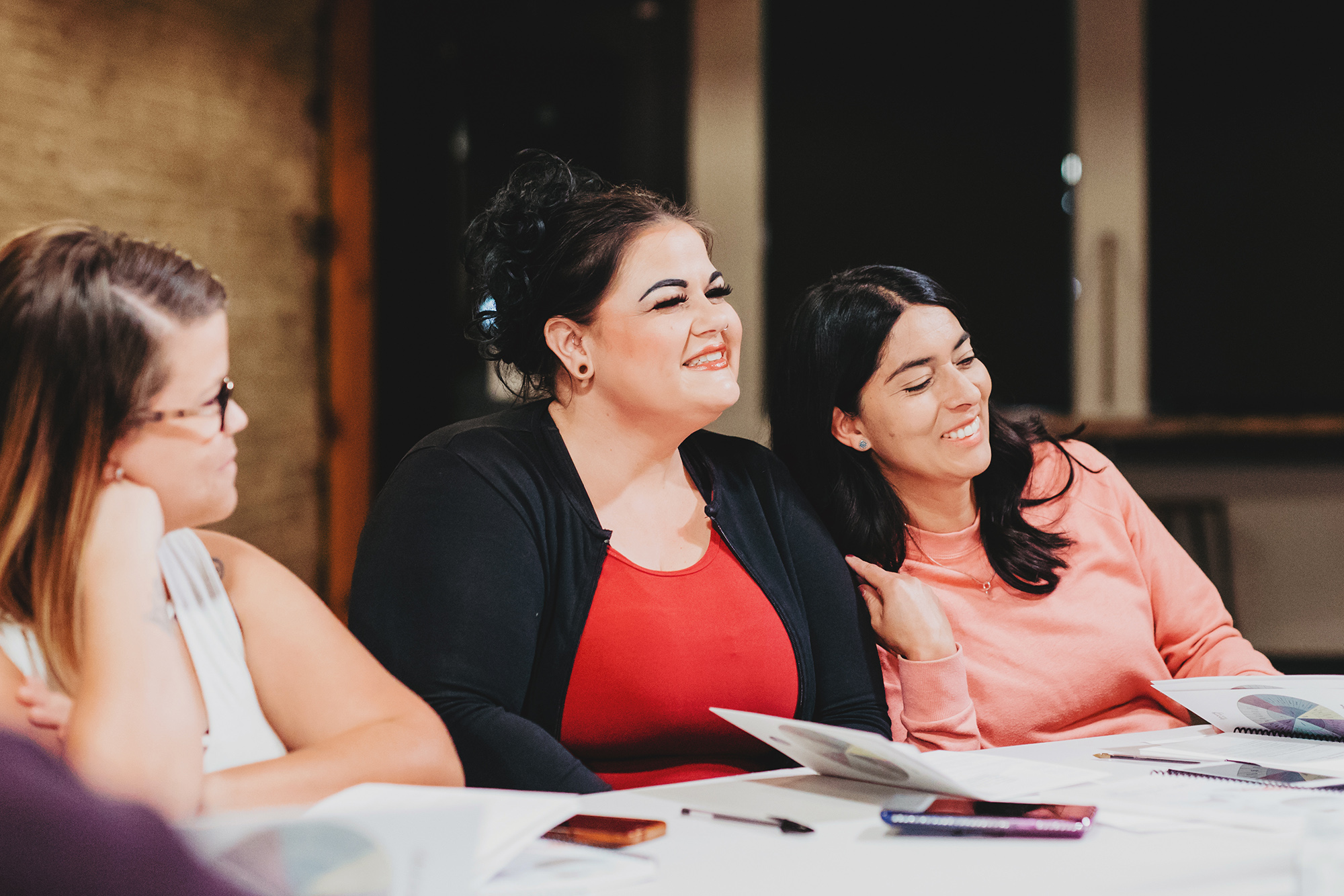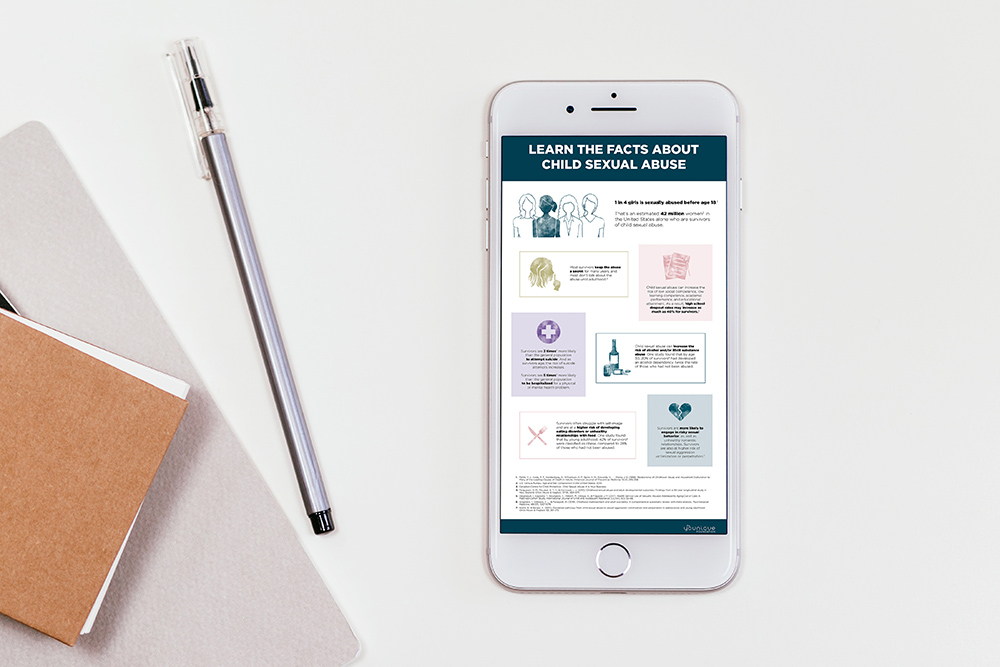Learn the Facts About Child Sexual Abuse
1 in 4 girls is sexually abused before age 181. That’s an estimated 42 million women2 in the United States alone who are survivors of child sexual abuse.
Whether you’re a survivor looking for ways to heal, or you know a survivor and are looking to offer support, educating yourself is the first step on the path to healing.
What is Child Sexual Abuse?
Child sexual abuse is when another person (adult, sibling, peer, etc.) forces or coerces a child or teen into sexual activity—physically or non-physically. Physical sexual activity may include fondling genitals, masturbation, oral-genital contact, digital penetration, vaginal intercourse, or anal intercourse.
Non-physical sexual activities are considered sexual abuse because they exploit innocent children and can lead to the same long-term trauma as physical sexual abuse. Non-physical sexual activities may include unhealthy sexual exposure, voyeurism, or sexually explicit imagery (including child pornography).
How Does Child Sexual Abuse Impact Survivors?
The trauma of child sexual abuse affects survivors long after the abuse has stopped. In fact, survivors often spend years, or even decades, trying to overcome the trauma symptoms that arise as they carry the weight of the abuse.
The trauma symptoms survivors might experience are far-reaching and can create major challenges for survivors as they try to move forward in life. For example:
There Is Hope After Child Sexual Abuse
We want survivors to know: You are not alone. Hope and healing are possible. Your brain is malleable and can learn how to heal.
At Saprea, we believe that in order to achieve lasting healing, survivors must address the underlying trauma causing them pain. It takes time, but with the right resources survivors can learn to redirect unhelpful thoughts, develop self-compassion and understanding, and thrive.
We have resources that can help you heal. We offer a range of healing services and resources, including the Saprea Retreat, Saprea Support Groups, online healing resources, and a safe place for a community of survivors to support each other.
Together we can reclaim hope.

THE SAPREA RETREAT

SUPPORT GROUPS


